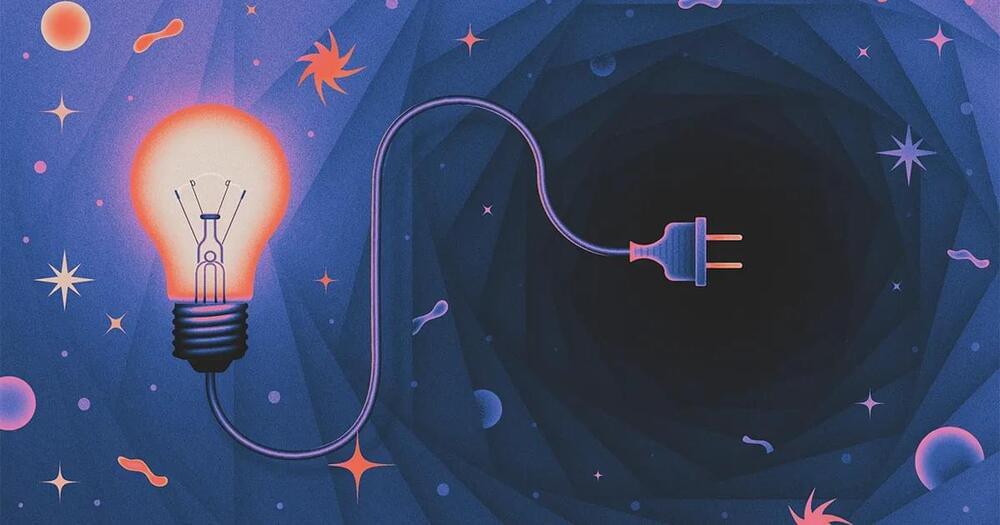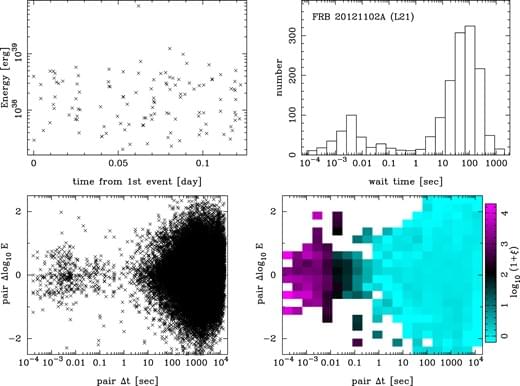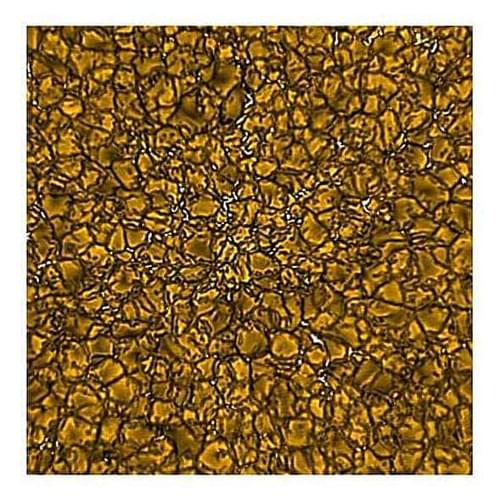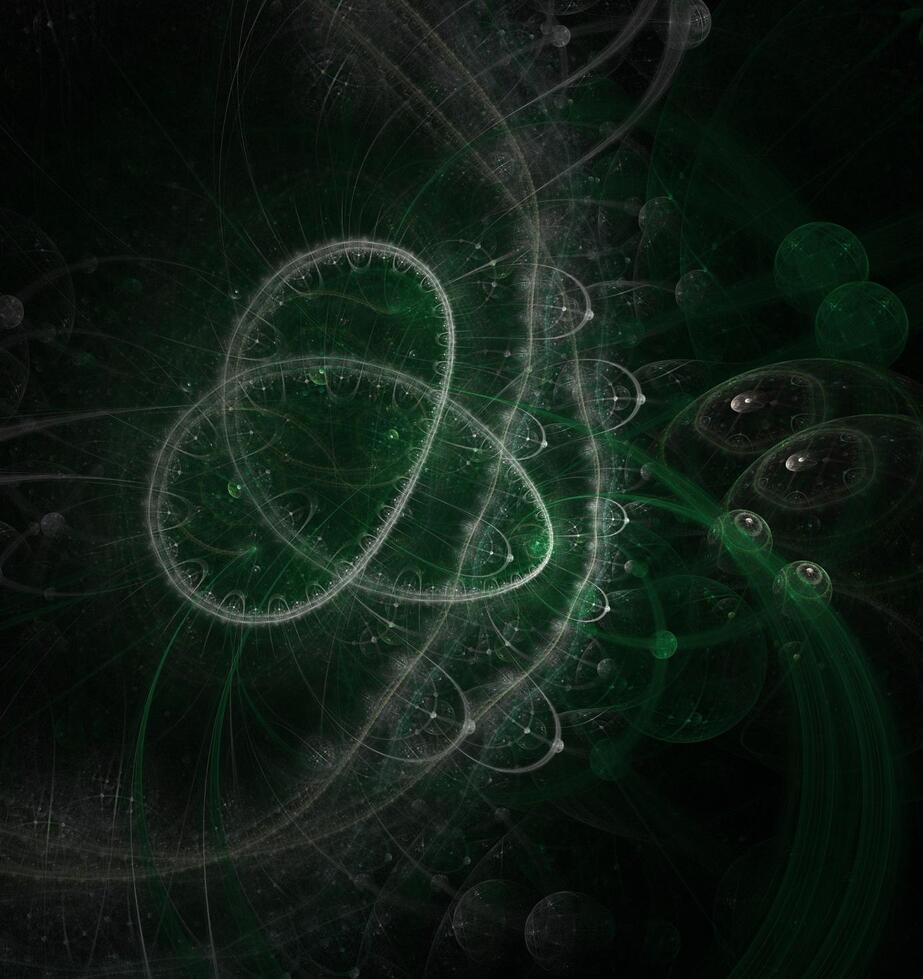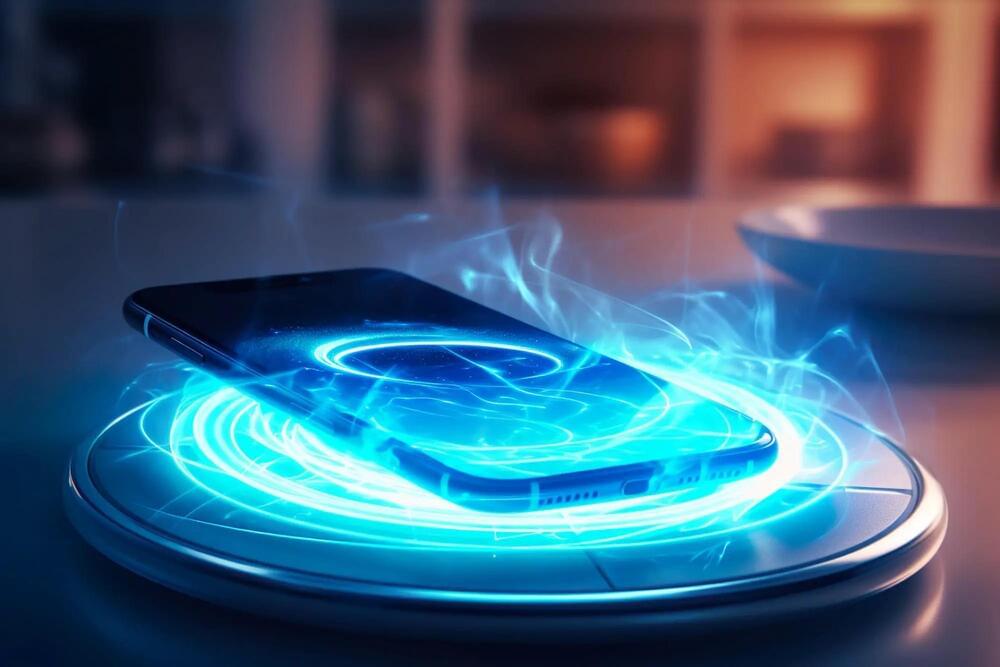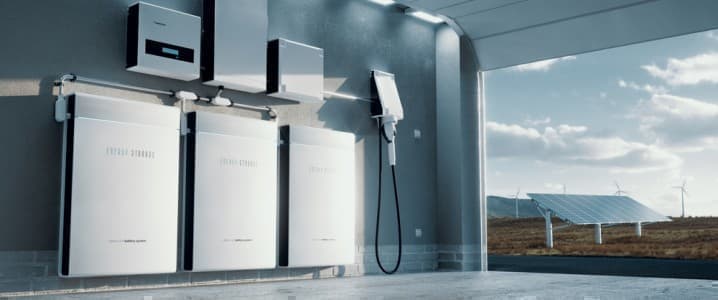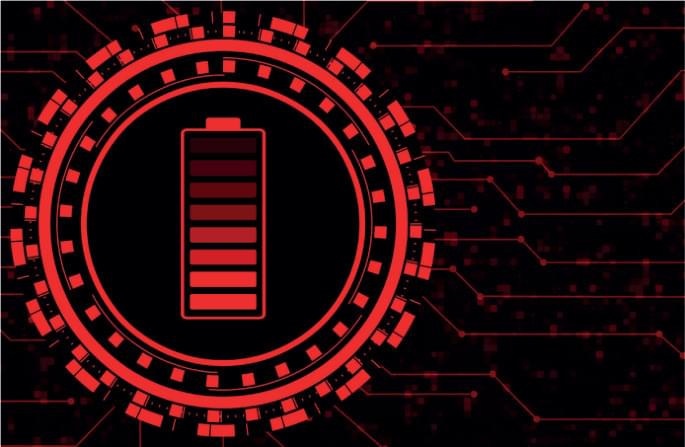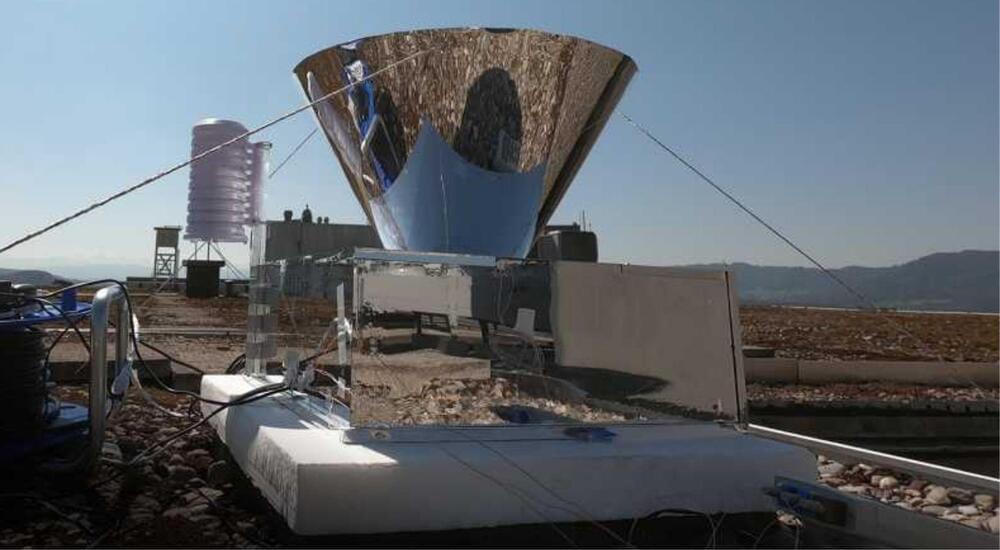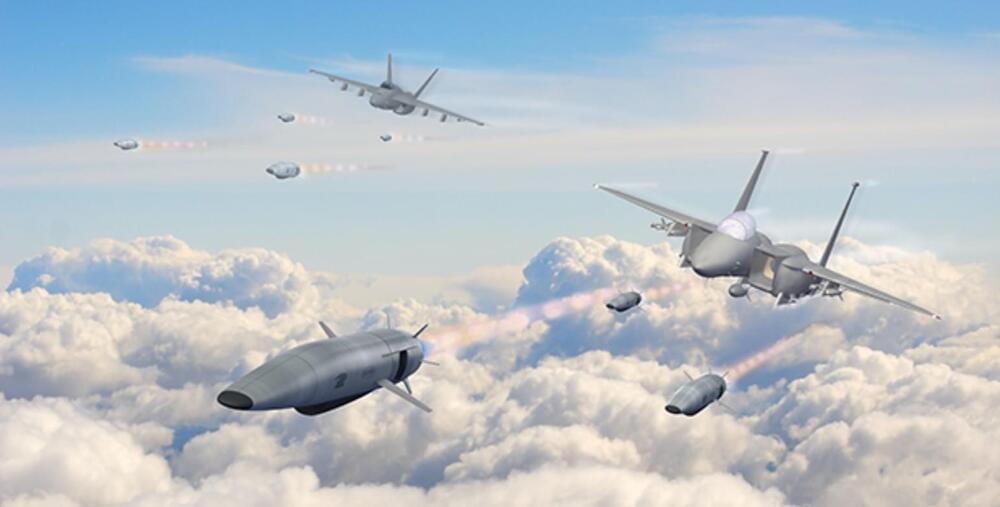Oct 19, 2023
Physicists Use Quantum Mechanics to Pull Energy out of Nothing
Posted by Shailesh Prasad in categories: energy, quantum physics
“This is real physics, not science fiction”. Two physics experiments showed that it is possible to produce energy inside an energy vacuum.
The quantum energy teleportation protocol was proposed in 2008 and largely ignored. Now two independent experiments have shown that it works.
